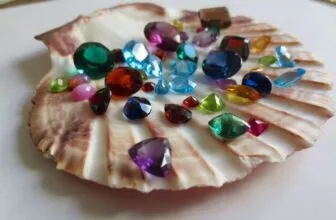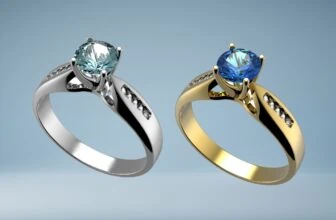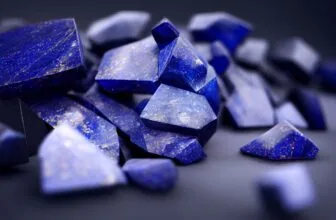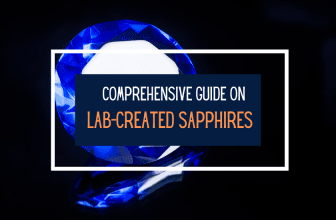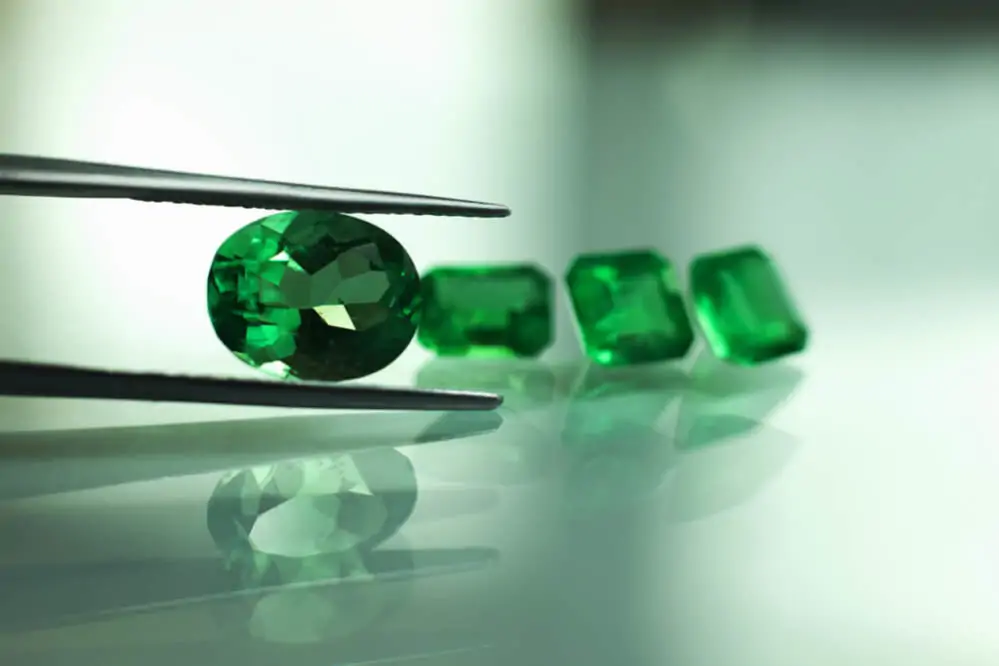
Table of Contents
Emeralds are a beautiful addition to any jewelry collection but it can be difficult to tell a genuine emerald from a fake. While high quality authentic emeralds command high prices and can even have investment value, synthetic and imitation emeralds don’t have the same worth.
Knowing the origin of your emerald is important, which is why it is essential that you are aware of the types of fakes out there and how to tell them apart from the real thing.
Natural, Synthetic or Imitation?
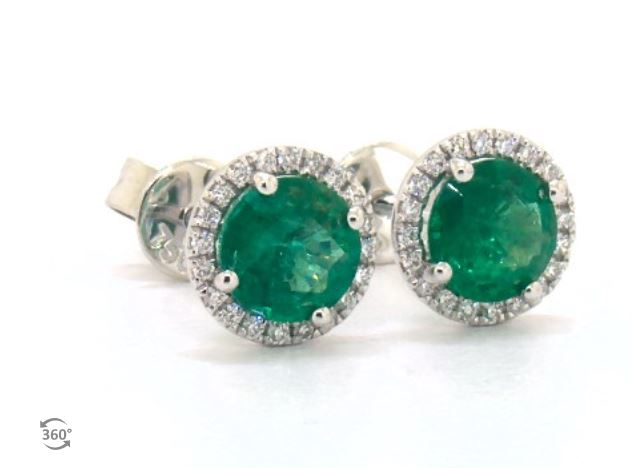
There are three types of emeralds on the market:
- Natural emeralds refer to mined stones that have formed over hundreds of years deep within the earth. These have the most value and high-quality natural emeralds are the most sought-after.
- Synthetic emeralds refer to lab-created or man-made emerald gemstones. These are identical to the real thing and are made of the same minerals. So note that synthetic emeralds are not fakes. However, because they are produced in a lab, they don’t have the same value as a natural stone.
- Imitation emeralds are other substances such as glass or a look-alike gemstone of lesser value that is used to imitate the appearance of an emerald. Some common emerald imitators are peridot, garnet, other forms of beryl and chrome diopside. Depending on the substance, these often have little to no value.
Now that we’ve got that out of the way, let’s take a look at how to identify a genuine emerald.
1. Look for Inclusions
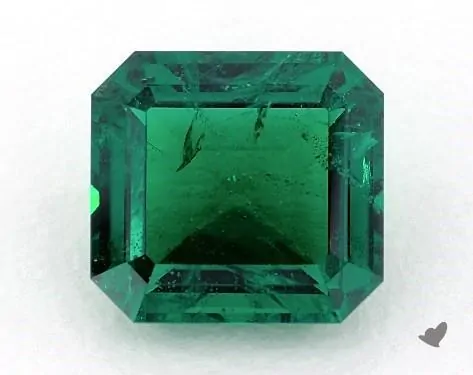
Inclusions or flaws are commonly abhorred in the gemstone industry but they are often an indication of authenticity. Inclusions refer to the elements that enter the stone during the formation process.
Emeralds, by nature, are often heavily included. Tiny threadlike tendrils are commonly found within the stone, resembling vines.
Even if the stone appears eye clean, when observed under magnification by using a jeweler’s loupe, there is bound to be miniscule flaws. If you are looking to buy, this jeweler’s loupe appears to be quite good and is highly recommended.
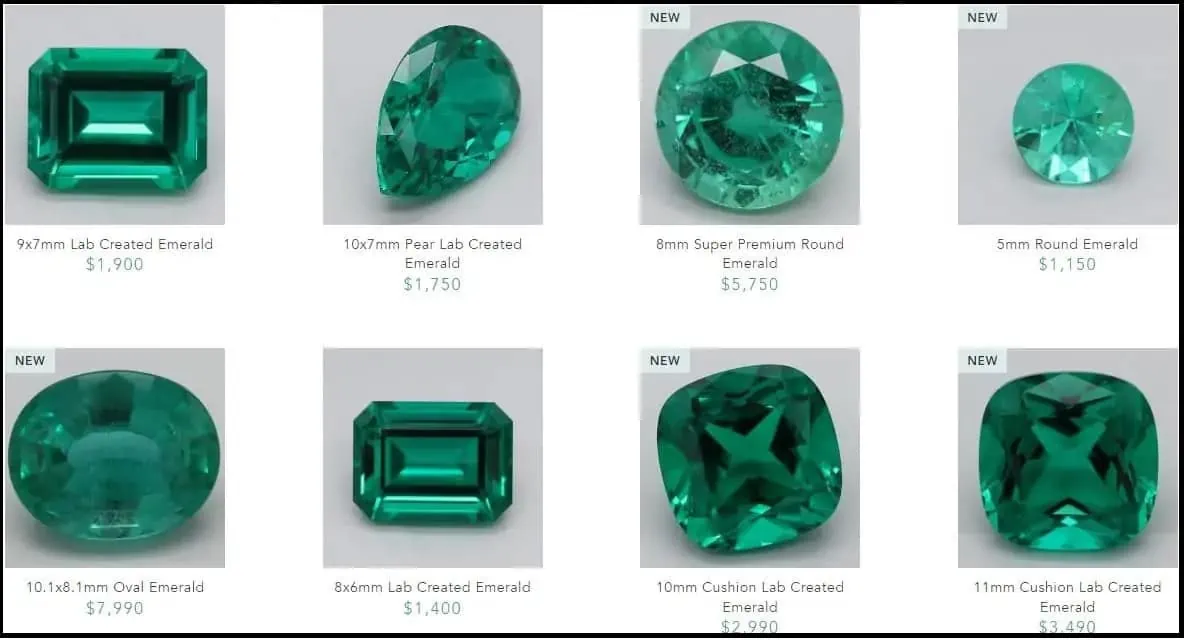
Synthetic emeralds don’t have the same inclusions as a natural emerald due to the difference in its formation. If there are inclusions within the stone that resembles bubbles or discs, it is likely that the stone is an imitation like glass.
2. Check the Stone’s Color
There is no other gemstone quite like an emerald in terms of color. Emeralds come in a range of green shades with pale to dark tones. However, the emerald color is quite distinct.
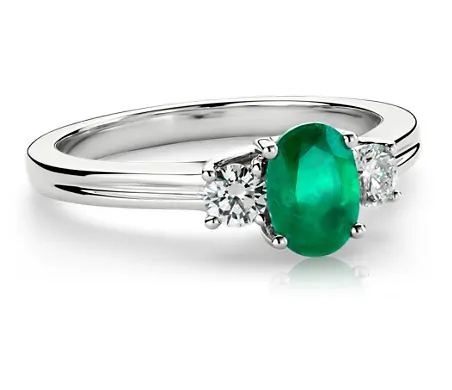
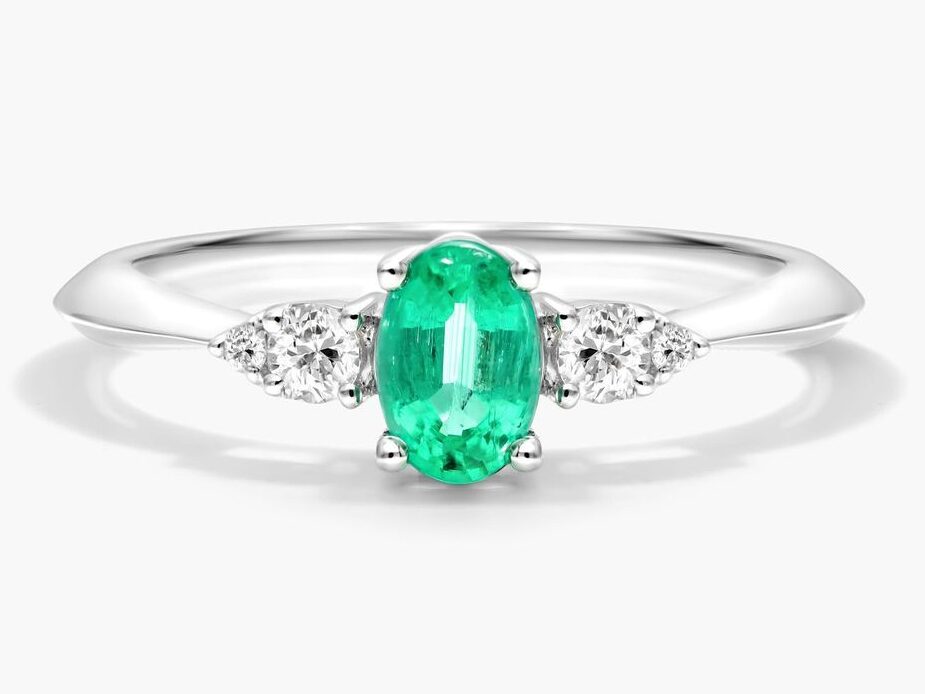
Authentic emeralds sometimes display a bluish-green color and this is perfectly normal. However, if the stone you have exhibits yellow or brown tones, it is likely that it is a different gemstone altogether.
3. Does the Emerald Sparkle?
A genuine emerald does not sparkle with fire, as do gemstones such as diamonds, moissanite or peridot. If you hold up an emerald to a source of light, it will shine but with a dull fire. There will be no rainbow flashes emitting from the stone.
If the stone does sparkle and have intense fire, it is likely a fake.
4. Look for Wear and Tear
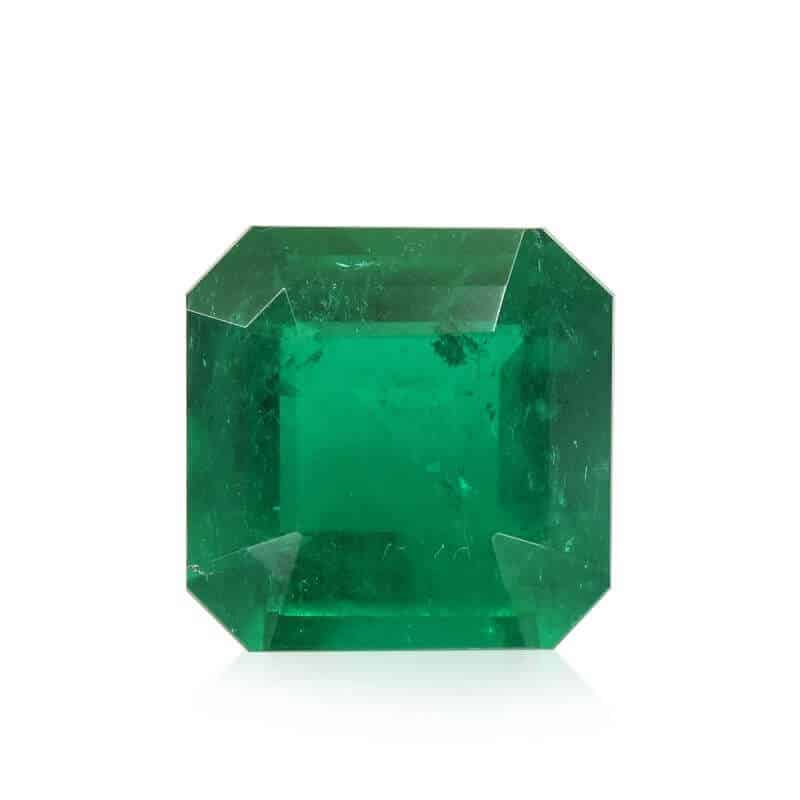
Authentic emeralds are quite hard, ranking at 7.5 to 8 on the Mohs scale. This means that the stone can withstand exposure without being easily worn down. If the emerald you have is faceted, check to see if the facets show signs of wear and tear.
If the edges look worn and are not well-defined, it is possible that the gemstone is a softer substance such as glass, which wears down much quicker than emerald.
5. Prices Too Good to Be True
Natural emeralds are expensive and sought after. If you are being offered an ‘authentic’ emerald at a price that is too good to be true, it probably is a fake.
Many unscrupulous sellers try to pass off imitation emeralds by making you feel as though you are getting a ‘bargain’.
In reality, you are likely being ripped off. This is why it is important to purchase from a trusted seller who will provide you with a certificate of authenticity from a recognized lab.
6. Check If It’s a Doublet or Triplet Emerald
Opals are commonly backed onto another material to create inexpensive doublets and triplets and emeralds can be found in these forms too. These look larger and more valuable, but are, in fact, quite worthless.
- A doublet refers to a slice of emerald that has been backed onto some other material, commonly glass or plastic. This uses a little emerald but the overall appearance looks like a solid emerald.
- A triple refers to a thin slice of emerald sandwiched between two green transparent substances. Again, the gemstone looks like a solid emerald.
To tell if the stone you have is a doublet or triplet, carefully check its edges. If you see layers, then it is a doublet or a triplet.
7. Have a Professional Appraise the Emerald
While all the above methods will give you an indication of whether or not your emerald is authentic, you may still have doubts as to the real nature of the stone.
The best way to confirm this is to have the stone professionally appraised by a certified jeweler. With specialized tools, they will be able to check your stone and confirm its origin.
8. Purchase from a Trustworthy Source
Finally, always purchase emeralds from a trustworthy source to avoid getting scammed. If buying online, choose a retailer that offers high quality images and videos which allows you to carefully check the stone. You will also be provided with a certificate of authenticity which gives you peace of mind that your stone is the real deal. We recommend the following stores:
- James Allen – One of the best when it comes to engagement rings and diamonds, James Allen’s emerald selection is impressive. The loose gemstones and ready-made emerald jewelry are of high quality and come at reasonable price points.
- Blue Nile – Known for its massive inventory of diamonds, Blue Nile also offers a variety of gemstones. For competitively priced emerald jewelry, check out Blue Nile’s selection.
- Brilliant Earth – Known for quality craftsmanship and high-quality natural and synthetic emerald jewelry and loose gemstones, Brilliant Earth also has excellent after-sales policies and customer service. However, the price points can be higher than some of the other stores listed here.
- Etsy – Etsy has a wide range of emerald jewelry, from authentic antiques to inexpensive dyed emerald jewelry. This gives you a wide range of options to suit all tastes and budgets. Again, do your due diligence, and ensure that the store is reputable. Check out our guide on how to shop on Etsy if you’d like some pointers.
Wrapping Up
An emerald is unique from all other gemstones in its color and beauty. However, because it’s a stone in such high demand, it’s important to ensure that the stone is genuine, to keep from being ripped off. The above tips should be helpful in finding the right emerald at the right price.


